

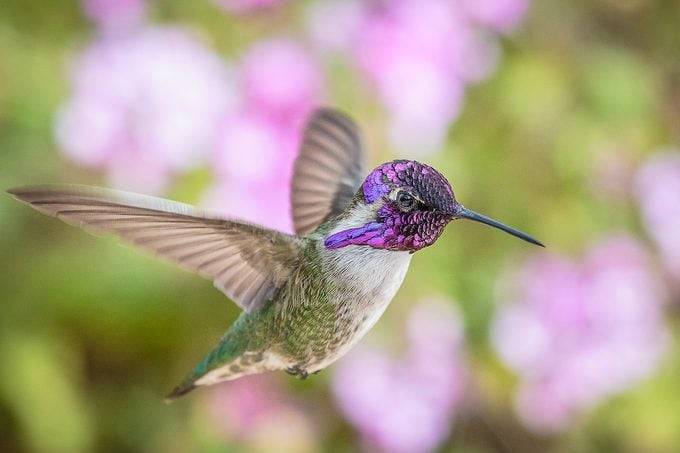
Mark Rasmussen, a resident of Las Vegas, Nevada, has captured an exquisite photograph of a male Costa's hummingbird visiting his backyard.
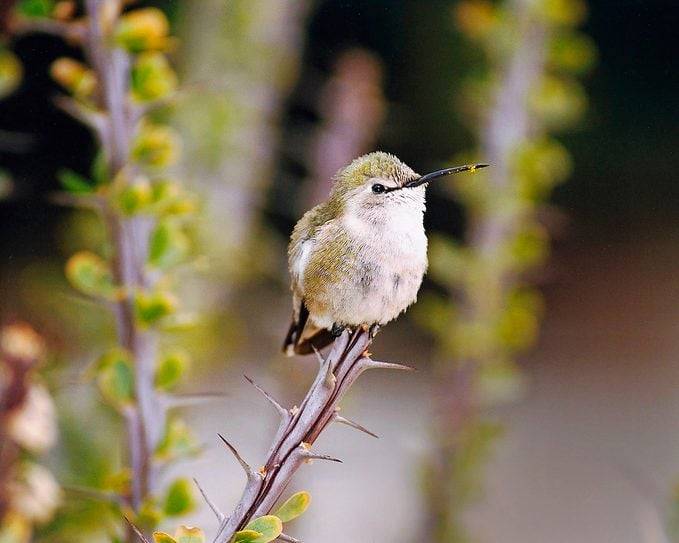
The male Costa's hummingbirds are more vibrant in color compared to the female with their purple throat and head feathers.
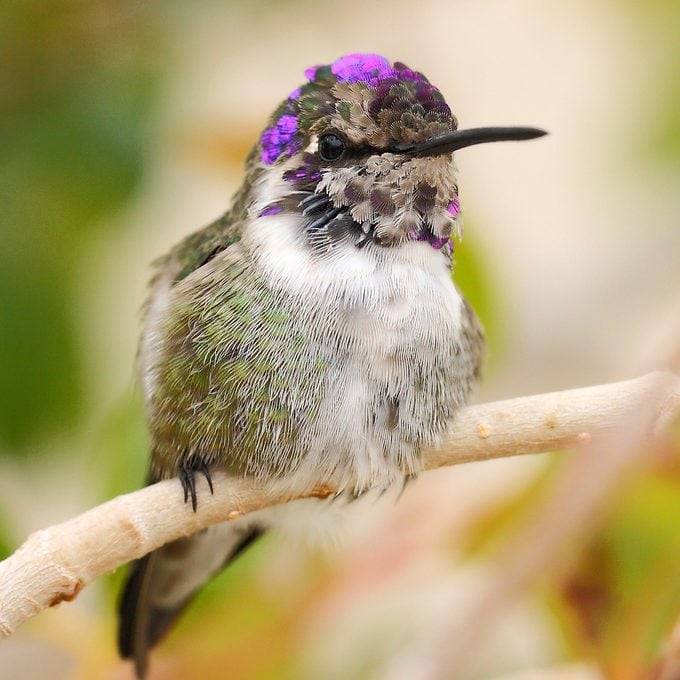
The appearance of a young Costa's hummingbird can evolve over time, as shown in the photos provided by Mark Rasmussen.
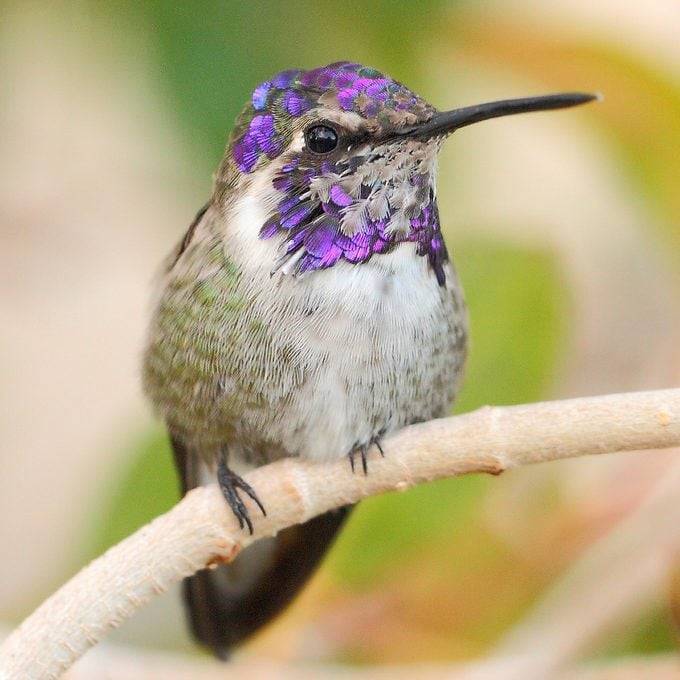
Original content:
Please paraphrase the given content to make it unique and original to avoid plagiarism.
Paraphrased content:
To avoid plagiarism, it is important to rephrase the given content in your own words. This ensures that the content remains unique and original.
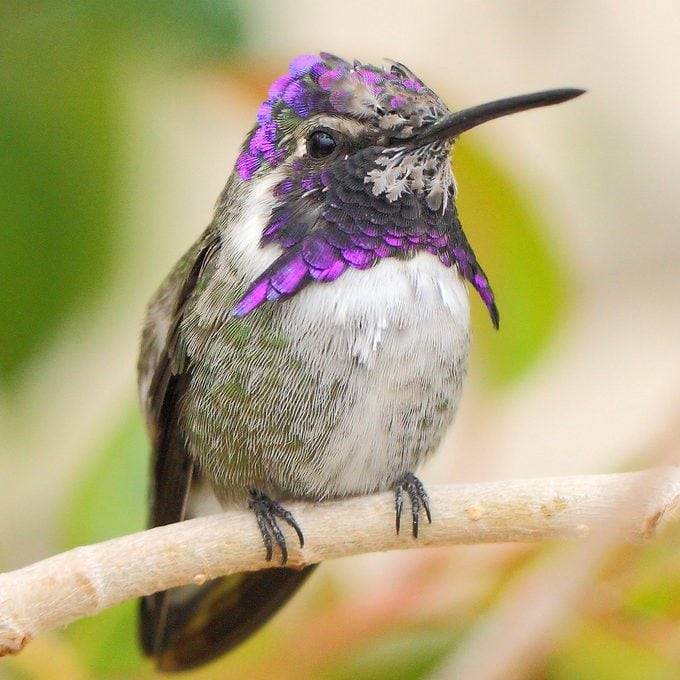
The content provided needs to be rephrased to avoid plagiarism.
The following information has been borrowed and needs to be reworded to avoid plagiarism. It is essential to apply your own vocabulary and writing tone while staying faithful to the original message. Courtesy of Mark Rasmussen.

Several years ago, during the chilly months when hummingbirds were yet to return from their winter migration, a young male Costa's hummingbird decided to make our backyard his home for the season.
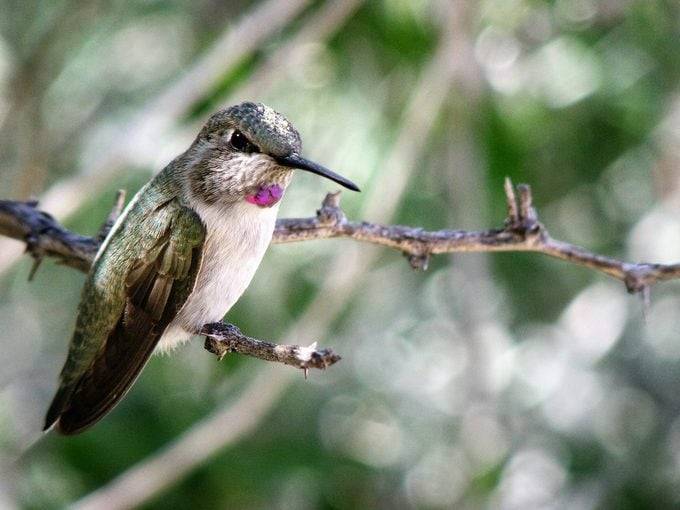
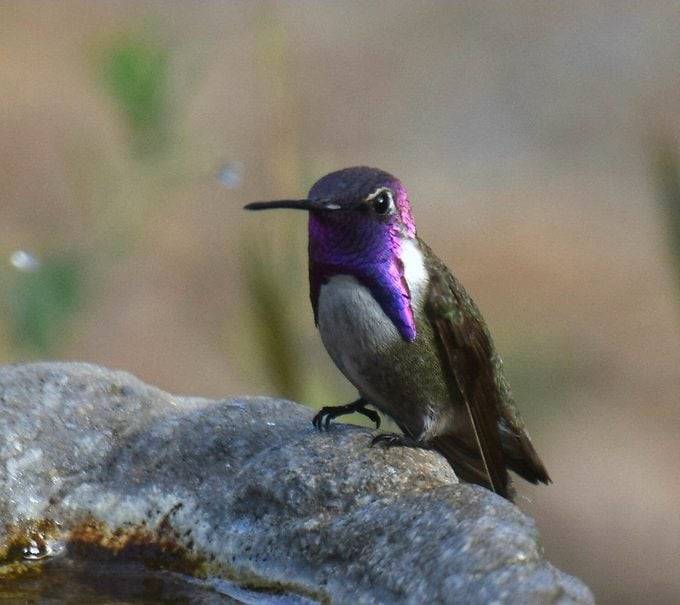
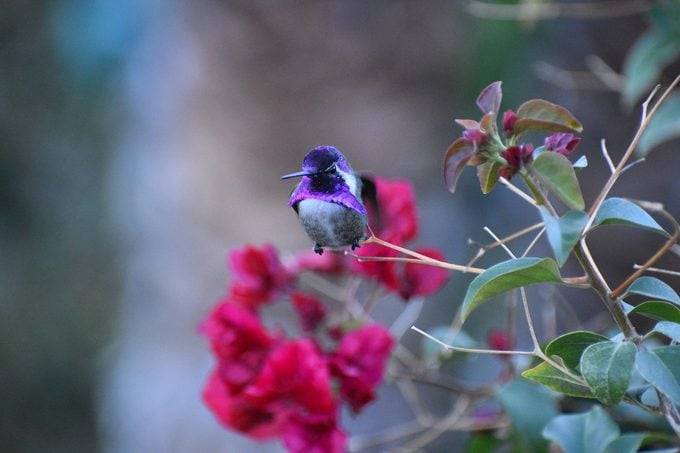
If you're interested in spotting some unique and fascinating birds, head on over to the southwestern states like California, Arizona, and Nevada. Specifically, keep an eye out for the Costa's hummingbird – the only member of its family that has adapted to living in North American deserts like Sonoran and Mohave. Despite being a desert-dweller, this little birdie loves flower nectar just as much as its hummingbird cousins. Unfortunately, flowers are hard to come by in dry habitats, so the Costa's hummingbird migrates towards the coast during certain seasons to find flowering plants.

If you're looking for a serene and picturesque escape, Tohono Chul Park in Tucson, Arizona is the place to be. Spread over 49 acres of the Sonoran desert, this park offers leisurely walking trails and gardens where you can spot over 140 different species of birds. Particularly delightful is their hummingbird garden, which attracts Anna's, broad-billed and Costa's hummingbirds all year round. These tiny birds sip nectar from the park's salvia and desert willow, among other plants. During migration season, rufous, broad-tailed, calliope and black-chinned hummers also make an appearance here.
